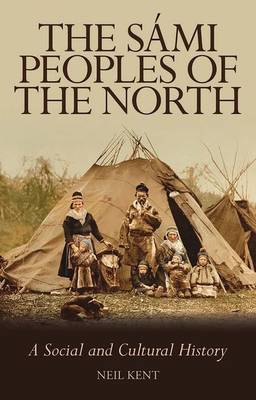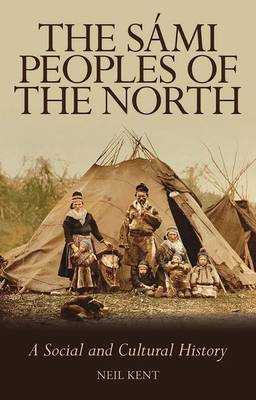
- Afhalen na 1 uur in een winkel met voorraad
- Gratis thuislevering in België vanaf € 30
- Ruim aanbod met 7 miljoen producten
- Afhalen na 1 uur in een winkel met voorraad
- Gratis thuislevering in België vanaf € 30
- Ruim aanbod met 7 miljoen producten
Zoeken
€ 30,45
+ 60 punten
Omschrijving
There is no single volume that encompasses an integrated social and cultural history of the Sámi people from the Nordic countries and northwestern Russia. Neil Kent's book fills this lacuna. In the first instance, he considers how the Sámi homeland is defined: its geography, climate, and early contact with other peoples. He then moves on to its early chronicles and the onset of colonisation, which changed Sámi life profoundly over the last millennium. Thereafter, the nature of Sámi ethnicity is examined, in the context of the peoples among whom the Sámi increasingly lived, as well as the growing intrusions of the states who claimed sovereignty over them. The Soviet gulag, the Lapland War and increasing urbanisation all impacted upon Sámi life. Religion, too, played an important role from pre-historic times, with their pantheon of gods and sacred sites, to their Christianisation. In the late twentieth century there has been an increasing symbiosis of ancient Sámi spiritual practice with Christianity. Recently the intrusions of the logging and nuclear industries, as well as tourism have come to redefine Sámi society and culture. Even the meaning of who exactly is a Sámi is scrutinised, at a time when some intermarry and yet return to Sámi, where their children maintain their Sámi identity.
Specificaties
Betrokkenen
- Auteur(s):
- Uitgeverij:
Inhoud
- Aantal bladzijden:
- 288
- Taal:
- Engels
Eigenschappen
- Productcode (EAN):
- 9781787380318
- Verschijningsdatum:
- 1/04/2019
- Uitvoering:
- Paperback
- Formaat:
- Trade paperback (VS)
- Afmetingen:
- 137 mm x 213 mm
- Gewicht:
- 430 g

Alleen bij Standaard Boekhandel
+ 60 punten op je klantenkaart van Standaard Boekhandel
Beoordelingen
We publiceren alleen reviews die voldoen aan de voorwaarden voor reviews. Bekijk onze voorwaarden voor reviews.








